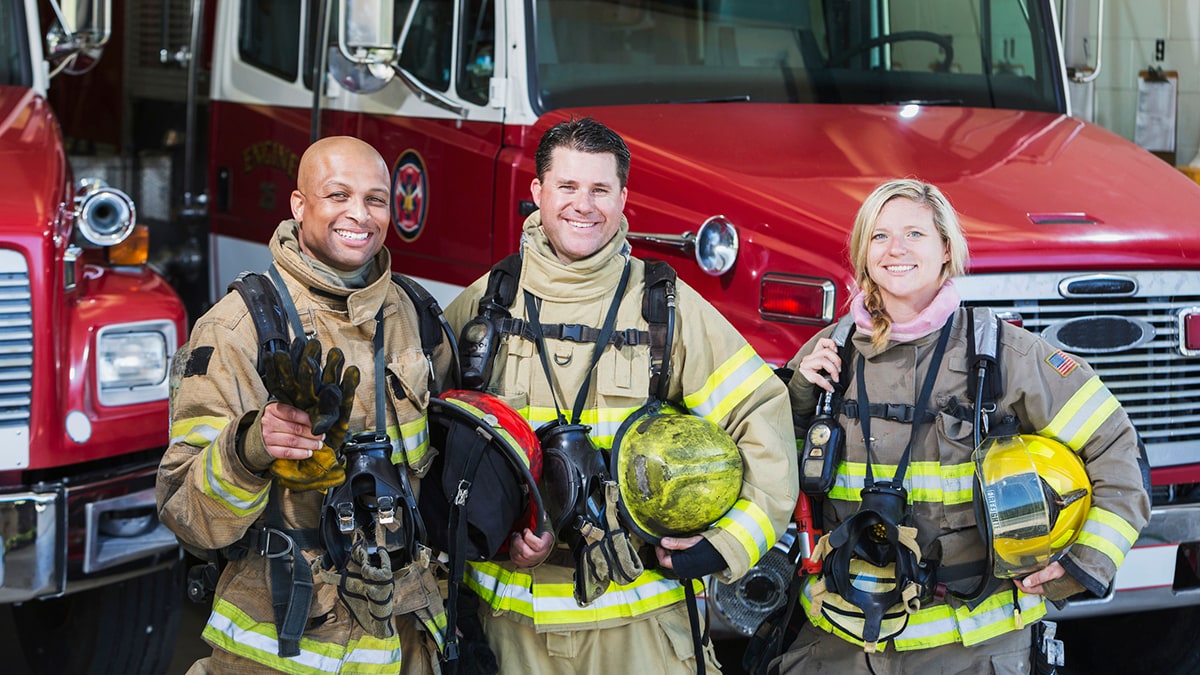Key points
- Many workplaces have unique chemicals or work conditions.
- Some common workplace hazards could increase reproductive health risks.
- Learn more about exposures based on the job or workplace.

What you need to know
Many workplaces have unique chemicals or work conditions. How much of a hazard you might be exposed to may be affected by:
- Workplace set-up
- Mechanical or natural ventilation (like windows or outdoor work areas)
- Work practices
- Safety equipment or hazard mitigations already used
- Personal protective equipment
We may be able to help if you, or your employer, are concerned about job reproductive hazards. We encourage employers to do a worksite-specific evaluation of hazards.
Who's at risk

Aircrew (pilots and flight attendants)
Pregnant flight attendants and pilots may want to select flight schedules to reduce exposures to cosmic ionizing radiation and circadian disruption (jet lag). Heavy physical demands (including standing, lifting, and bending from the waist) have been associated with menstrual disruption and preterm birth or musculoskeletal injuries during pregnancy.
Artists
Fine arts, pottery, or craftwork may involve exposures including solvents, heat, byproducts of burning, or heavy metals. Using proper personal protective equipment (PPE) is very important, along with avoiding take-home exposure, to protect hormonal function, fertility, and a worker's family. Artists may consider postponing some art work until after conception, pregnancy, or breast feeding.
Childcare or working with children
Childcare work might affect reproductive health with situations such as long working hours, heavy lifting or standing, or exposure to germs.
Farm and greenhouse workers
Farmworkers and greenhouse workers often handle or work near pesticides. Those who work with livestock can be exposed to animal-related infections that can spread to humans. Farm equipment can expose workers to noise and diesel fuel/exhaust, and high physical demands like lifting, and bending repeatedly.
Firefighters
Firefighters are exposed to toxic byproducts of burning and heat; shift work; and physical demands such as heavy lifting. Required respiratory protection (e.g. SCBA) may not be appropriate during pregnancy.
Healthcare
Healthcare workers encounter many situations which might affect their health and a pregnancy, including shift work, long working hours, heavy lifting, or infectious agent exposure. Slips and falls in healthcare facilities are common due to wet floors (for example, around handwashing and decontamination areas).
Healthcare workers may also work with chemotherapy drugs, antiviral drugs, anesthetic gases, disinfectants, X-rays, or epoxies or resins.
Learn more about what healthcare workers can do to avoid job hazards.
Laboratories
Clinical or research laboratory work can involve a wide range of chemicals such as solvents, formaldehyde, ionizing radiation, and infectious agents. Lab workers should follow recommended best practices when handling infectious materials, use biological and chemical safety cabinets correctly.
Lab workers should check the Materials Safety Data Sheets (MSDS) for chemicals they handle to ensure appropriate personal protective equipment use. Not all gloves provide adequate protection for all chemicals. It is very important to match the type of glove to the type of chemical.
Morticians/anatomy students
Formaldehyde is a commonly used preservative for embalming and dissection. Workers who are pregnant or trying to conceive should evaluate whether they can temporarily avoid these activities or reduce exposure as much as possible.
Nail, hair, and beauty salons
Nail and beauty salon employees are potentially exposed to chemicals including acrylates (epoxies or resins), solvents, formaldehyde, and biocides. Some chemicals commonly used in salons can enter breast milk or be carried home on skin, clothes, and shoes. Learn more about nail salons.
Office workers
Office workers may have concerns about long working hours. In offices attached to manufacturing areas, manufacturing chemicals or solvent odors may be present. Workers in office environments may also encounter physical demands including heavy lifting or standing for long periods of time.
Restaurants and bars
Workers in restaurants and bars may be concerned about heat and the air they are breathing. Secondhand smoke, as well as smoke from grilling and frying may contain chemicals like polycyclic aromatic hydrocarbons. Increased ventilation may help to reduce exposures.
Veterinary or animal care settings
Veterinary workers often have high physical demands, such as heavy lifting or standing for long periods of time.
They may also work with several potentially hazardous chemicals or products that might adversely affect their reproductive health. These include antineoplastic drugs, antiviral drugs, anesthetic gases, disinfectants, X-rays, and pesticides, such as those used for flea and mite treatments.
Noise in veterinary operating rooms may be a concern for some workers. Zoonotic infections, or infections acquired from animals, are another important concern. Learn more about veterinary safety and health.
Resources
Talk to your employer, workplace safety officer, or healthcare provider about potential hazards at work.
For information on the Pregnant Workers Fairness Act, please see resources from the U.S. Equal Employment Opportunity Commission (EEOC) website.
If there is another workplace exposure you want to learn more about, you can reach out to CDC-INFO for more information.
